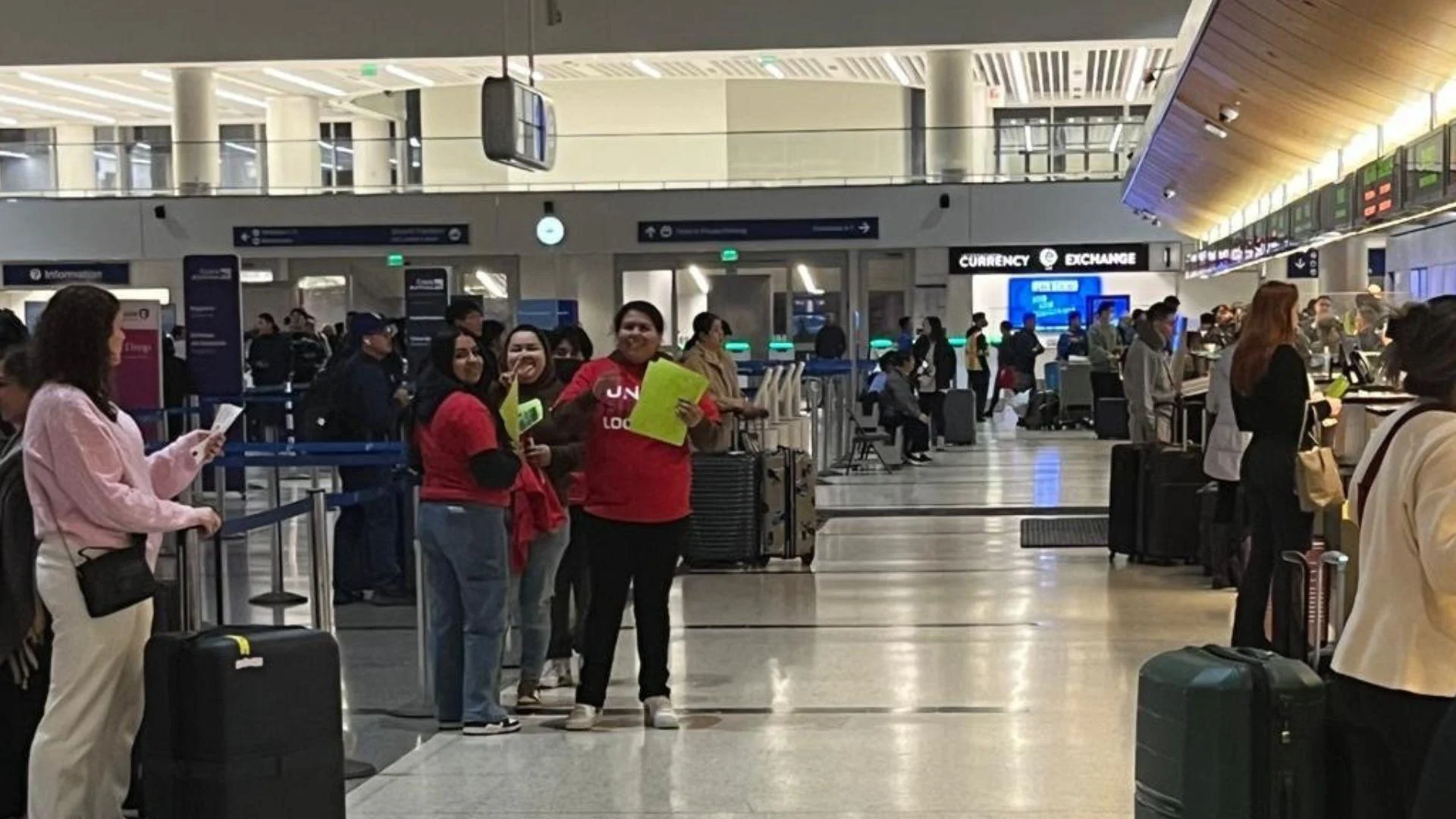In early May 2025, both countries implemented temporary airspace measures due to security concerns. These included revised flight paths and suspended services as part of standard safety protocols during heightened alert periods. Although such restrictions are not uncommon in geopolitically dynamic regions, their timing and scale have drawn attention due to their broader impact on international air traffic.
Air India has had to adjust operations significantly for long-haul flights to North America and Canada because of Pakistani airspace closure. Flights that once took direct routes over Pakistan now detour southward over the Arabian Sea with fuel stops in Vienna, Austria. For example, the Delhi-Chicago route now takes over 19 hours instead of approximately 14 hours due to these adjustments. Air India estimates these disruptions could lead to an additional $600 million annually in operational costs.
Flight rerouting has also affected airlines' sustainability goals by increasing fuel consumption and carbon emissions. Carriers participating in ICAO's Carbon Offsetting and Reduction Scheme for International Aviation (CORSIA) may find it challenging to meet environmental targets amid these diversions.
Global airlines operating east-west routes face significant impacts from Indian-Pakistani airspace closures. Lufthansa, British Airways, Singapore Airlines, among others, have been forced into longer journeys or alternate routes via Iran or Central Asia—both leading to increased fuel burn and fleet utilization issues.
Passengers are experiencing extended travel times due to technical fuel stops or longer durations caused by diversions—resulting in missed connections at hub airports and reduced schedule reliability despite advisories issued by airlines offering rebooking options.
This situation echoes past events; notably when Pakistani airspace was closed for nearly five months in 2019 following similar tensions—a move that disrupted over 400 commercial flights daily with substantial financial losses reported globally.
As geopolitical tensions continue affecting South Asian airspace accessibility today—operational delays mount alongside financial costs while highlighting how swiftly such developments can challenge even efficient aviation systems worldwide.
___
 Alerts Sign-up
Alerts Sign-up




































